Photos: Asteroid Vesta and NASA's Dawn Spacecraft
Asteroid Vesta's Crater
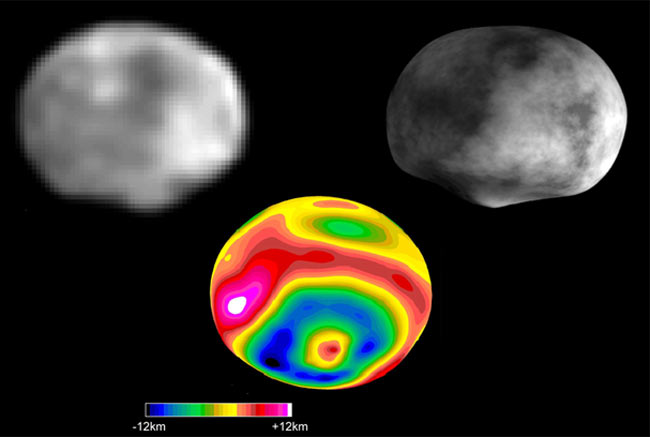
On its southern side the asteroid Vesta shows a huge crater. This picture shows the asteroid in an image taken by the Hubble Space Telescope (top, left), as a reconstruction based on theoretical calculations (top, right), and as a topological map (bottom).
Workers Preparing Dawn Spacecraft for Launch
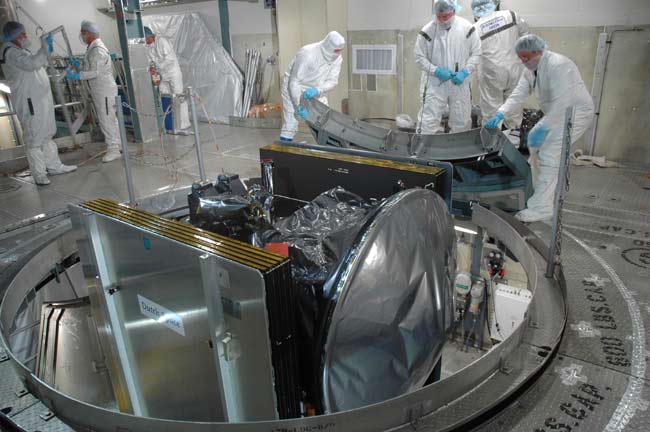
Launch pad workers prepare the Dawn spacecraft for its attachment to a Delta 2 rocket. The probe is set to launch in September 2007 to visit the asteroids Vesta and Ceres.
Dawn Spacecraft Arrives on Launch Pad
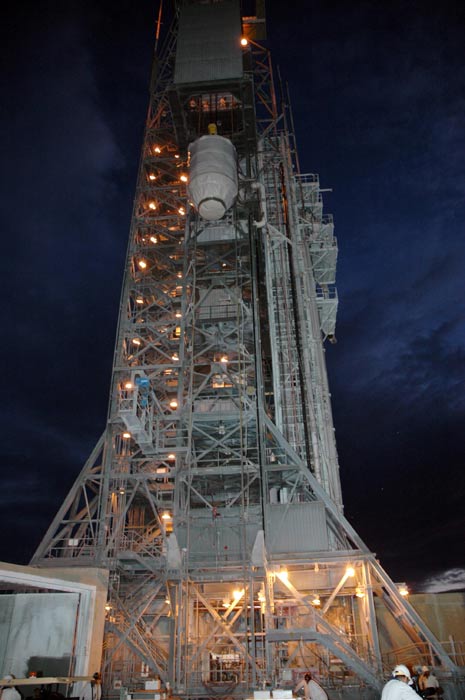
NASA's Dawn spacecraft arrives at Pad-17B of the Cape Canaveral Air Force Station in the early morning on Sept. 11, 2007. Next stop - the Asteroid Belt.
Dawn Spacecraft Begins Trek to Asteroid Belt
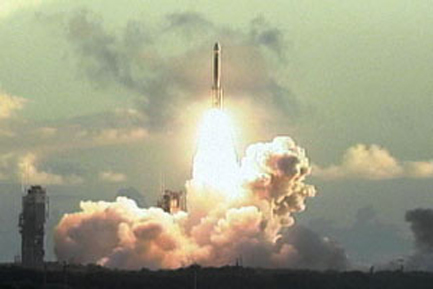
A spectacular launch of the Dawn spacecraft into a beautiful Florida sky in this NASA image of the Sept. 27, 2007 space shot.
Dawn Spacecraft Launches on Mission to Asteroids Vesta and Ceres
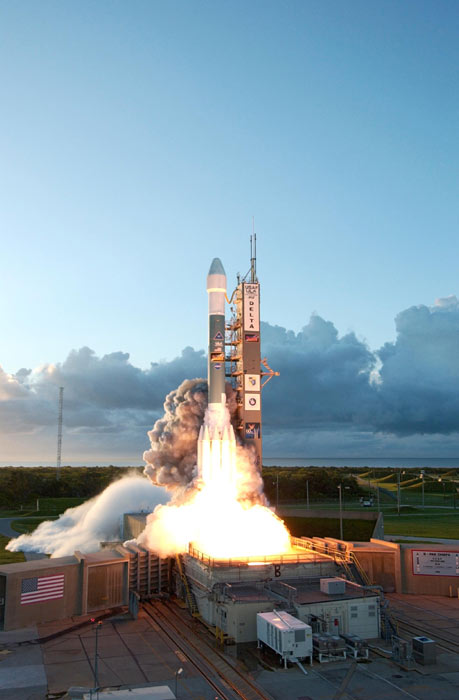
NASA's Dawn asteroid probe launches on a three billion mile (4.9 billion-kilometer) mission to the asteroids Vesta and Ceres atop a Delta 2 rocket on Sept. 27, 2007 at Cape Canaveral Air Force Station in Cape Canaveral, Fla.
As the Asteroid Turns: Hubble Records New Video of Asteroid Vesta
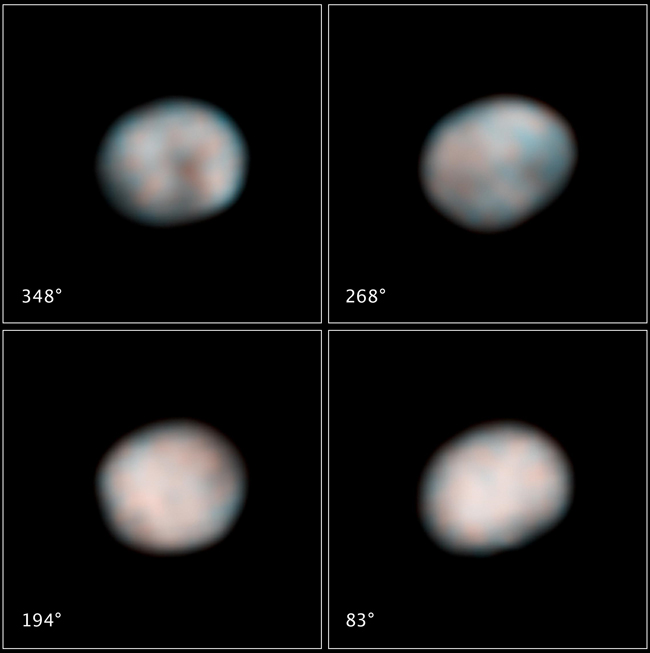
NASA's Hubble Space Telescope snapped these images of the asteroid Vesta in preparation for the Dawn spacecraft's visit in 2011. Each of the four Hubble images captures views of Vesta during its 5.34-hour rotation period.
Oblique View of Vesta's South Polar Region
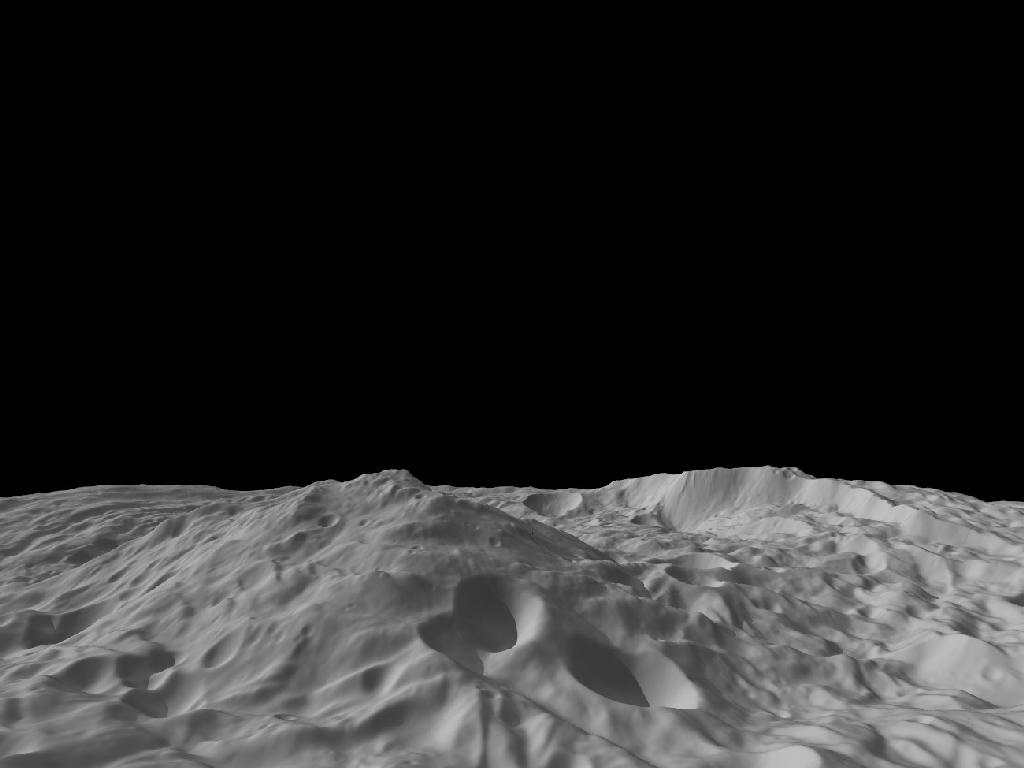
A giant mountain on the asteroid Vesta takes center stage in this image calculated from a shape model using data from NASA's Dawn probe. The image shows a tilted view of the topography of the south polar region, where the tall mountain (at center) rises 13 miles above its surroundings.
Get the Space.com Newsletter
Breaking space news, the latest updates on rocket launches, skywatching events and more!
Dawn Orbiting Over Vesta
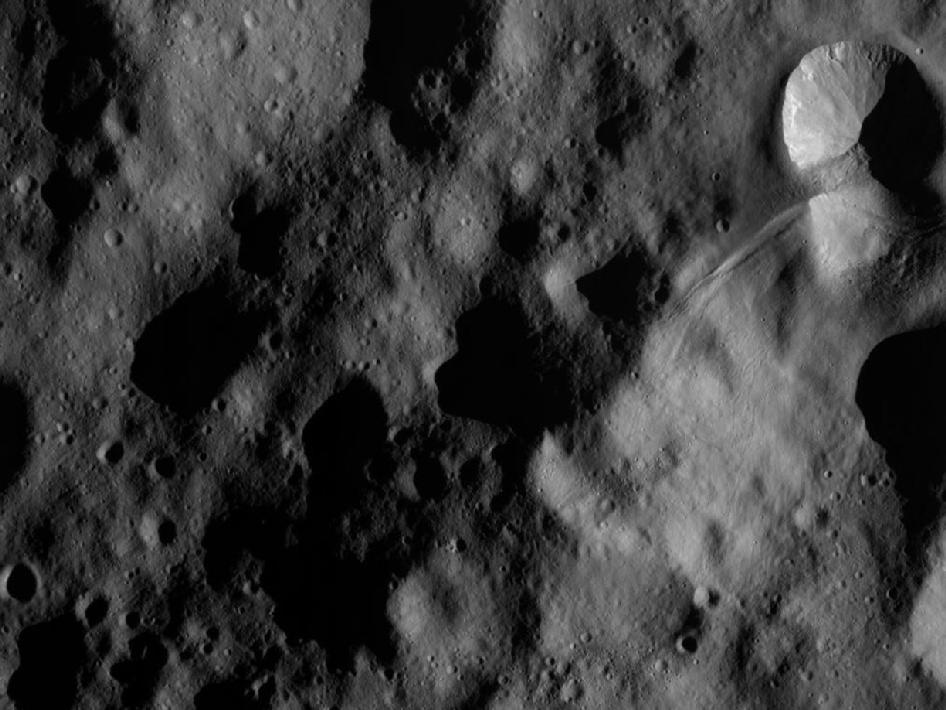
This image of the giant asteroid Vesta was obtained by NASA's Dawn spacecraft in the evening Nov. 27 PST (early morning Nov. 28, UTC), as it was spiraling down from its high altitude mapping orbit to low altitude mapping orbit. Low altitude mapping orbit is the closest orbit Dawn will be making, at an average of 130 miles (210 kilometers) above the giant asteroid's surface.
Close-up of Rheasilvia's Wall
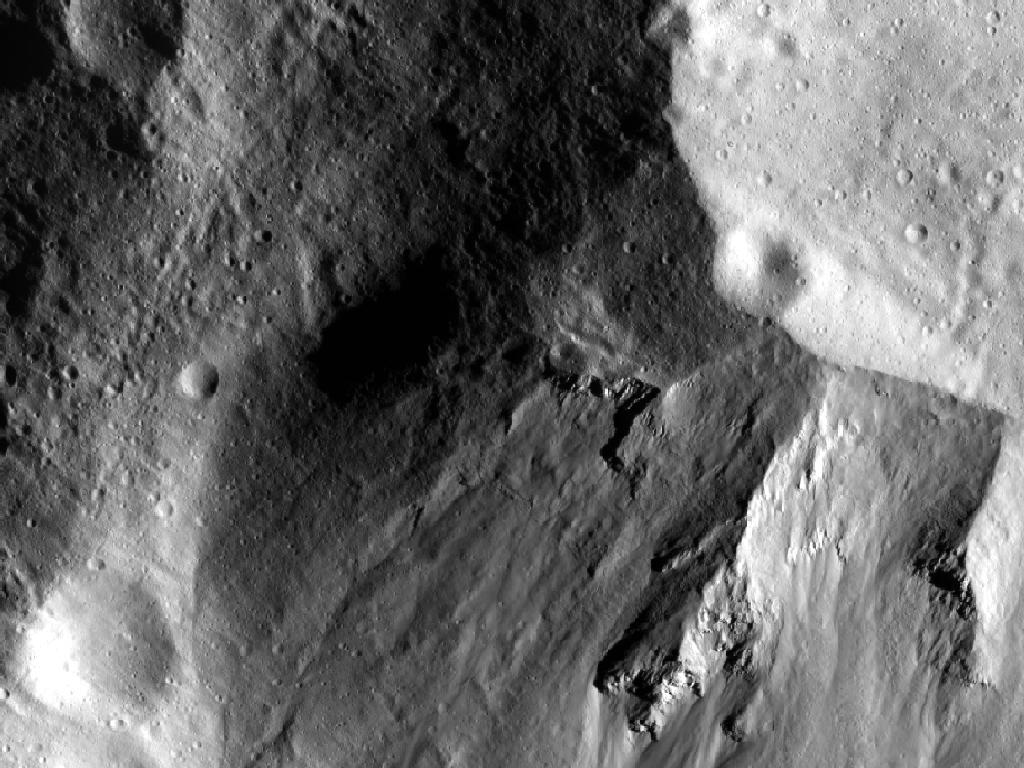
This image from NASA's Dawn spacecraft shows a close-up view of the wall of the Rheasilvia impact basin on Vesta. Rheasilvia, which is 310 miles or 500 kilometers in diameter, dominates southern Vesta. This image was obtained by the Dawn framing camera on Dec. 27, 2011.
Flowing Material
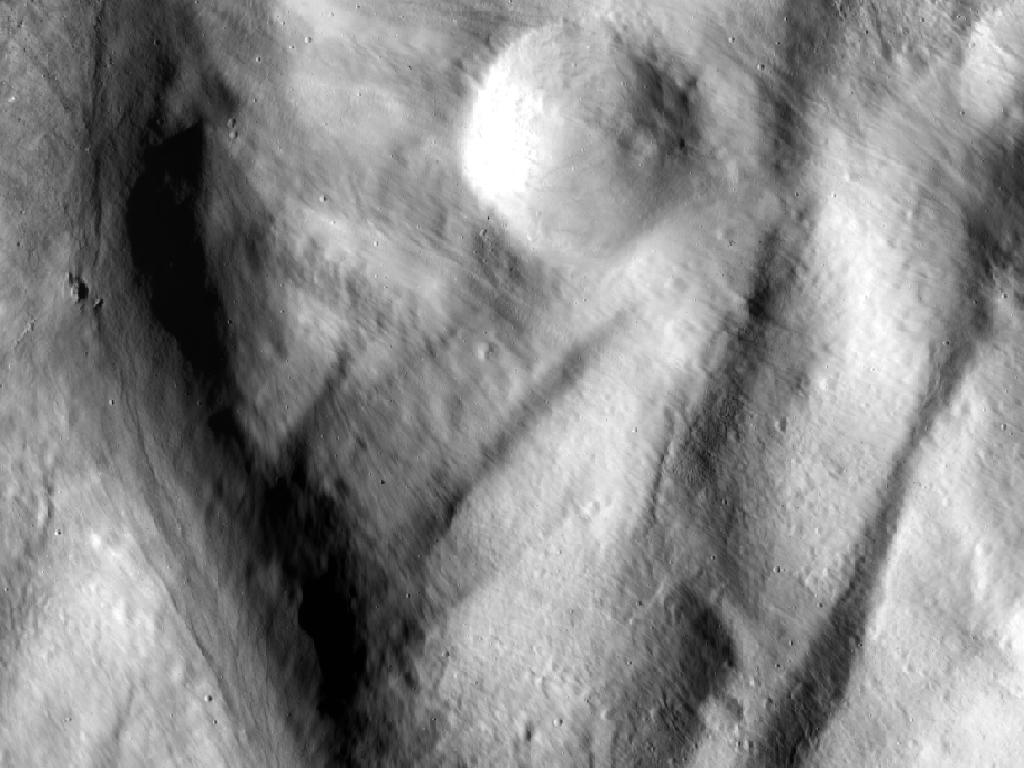
This image, from NASA's Dawn spacecraft, shows rock material that has moved across the surface and flowed into a low area in the ridged floor of the Rheasilvia basin on Vesta. The image shows how impacts and their aftermath constantly reshape the landscape. This image was acquired by Dawn's framing camera on Dec. 18, 2011.
Join our Space Forums to keep talking space on the latest missions, night sky and more! And if you have a news tip, correction or comment, let us know at: community@space.com.

Space.com is the premier source of space exploration, innovation and astronomy news, chronicling (and celebrating) humanity's ongoing expansion across the final frontier. Originally founded in 1999, Space.com is, and always has been, the passion of writers and editors who are space fans and also trained journalists. Our current news team consists of Editor-in-Chief Tariq Malik; Editor Hanneke Weitering, Senior Space Writer Mike Wall; Senior Writer Meghan Bartels; Senior Writer Chelsea Gohd, Senior Writer Tereza Pultarova and Staff Writer Alexander Cox, focusing on e-commerce. Senior Producer Steve Spaleta oversees our space videos, with Diana Whitcroft as our Social Media Editor.









